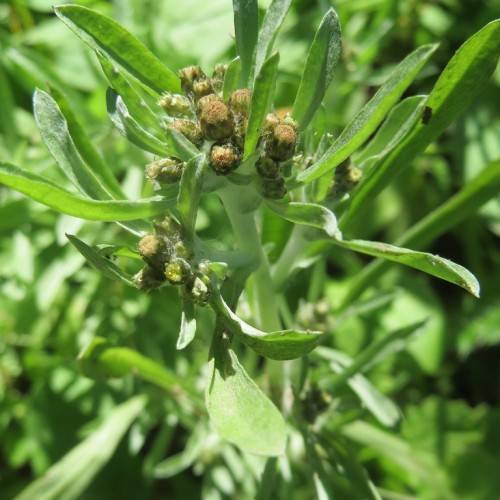
marsh cudweed
Gnaphalium uliginosum
Cycle:
Perennial
Watering:
Frequent
Hardiness Zone:
4
Flowers:
Flowers In Summer
Sun:
Full sun, Part sun/part shade
Soil:
Bog
Fruits:
Fruits Ready In Fall
Leaf:
Yes
Growth Rate:
High
Maintenance:
Moderate
Salt Tolerant:
Yes
watering
When watering variegated manna grass, it is important to ensure that the soil is moderately moist. Water the plants once a week to 2 weeks depending on the weather conditions and the variety of manna grass you have, as different varieties have varying levels of drought tolerance. If the soil feels dry to the touch, this generally means it's time to water. Avoid overwatering as this can lead to root rot and other diseases. When watering, ensure the soil is moistened thoroughly and continue until the water drains.
sunlight
Variegated manna grass (Glyceria maxima 'Variegata') is an attractive ornamental grass species that thrives in full sunlight. It will do best and produce the most vibrant foliage if it receives at least 6 hours of direct, unfiltered sunlight each day. In areas with high summer temperatures, it’s beneficial to provide some shade during the hottest part of the day. Direct morning or evening sun is ideal when possible.
pruning
The variegated manna grass is a low-maintenance and hardy variety of grass, however, to ensure that it remains healthy, it should be pruned on a regular basis. Pruning should be done twice a year. In the springtime, usually in the early months, it should be cut back to about 6-8 inches in height. This helps to ensure that there is a good amount of growth for the summer season. In the fall, pruning should be done after the grass has gone dormant, usually in late October or early November. It should be cut just above the origin of the main stem in order to renew the grass each year. Pruning also helps to maintain its shape and to eliminate any dead or diseased parts of the grass plant.
